Welcome to my second post for this great community of Amazing Nature
As some of you know, I am a veterinarian, and I work with companion animals (dogs, cats, and sometimes, but not so often, birds, rodents, lagomorphs and repteis, among others), but in a much smaller proportion. Relatively recently, I had the opportunity to get up close and personal with an individual that inhabits the Brazilian forests, from the north-east to Colombia, Venezuela, Panama and Ecuador. Its common name is Jabuti-Piranga, or red-footed tortoise. This particular individual weighed almost 15 kilograms, and believe me, when we tried to hold the end of the limb in order to administer the muscle relaxant and sedative, the force it used to retract it was so great that it trapped my hand between the shell and the limb itself... Impressive!
After a few attempts, we managed to administer it and a short time later she was intubated and sedated with a volatile anesthetic.
Have you noticed the details of the shields, scales and nails? Impressive. These living creatures are truly very well adapted to their environment, and in this case, the person looking after this specimen has all the temperature, light and humidity conditions at home that guarantee their well-being and development.
In my first post, I also shared the photos and experience of an African spurred tortoise. These animals are truly impressive. Their movements are so perfectly adapted, and their entire anatomy is completely adapted to protect them from the elements and predators.
In my first post, I also shared the photos and experience of an African spurred tortoise. These animals are truly impressive. Their movements are so perfectly adapted, and their entire anatomy is completely adapted to protect them from the elements and predators.
This species doesn't need to hibernate, as it's in a warm environment all year round, so it doesn't need to. About half of the red-footed tortoise's day is spent in inactivity, with even longer periods of rest and inactivity after a meal.

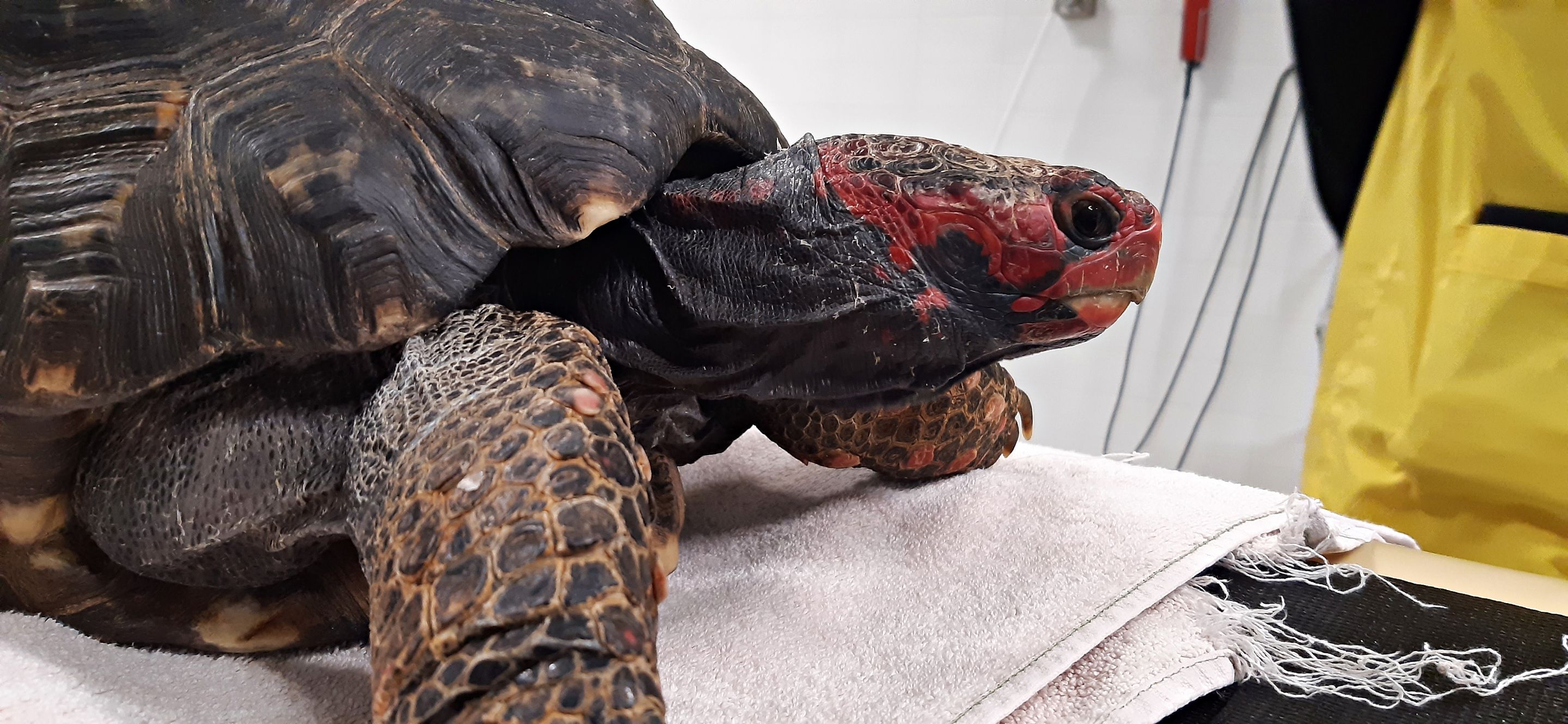

By retracting their limbs into their shell, they are practically inaccessible
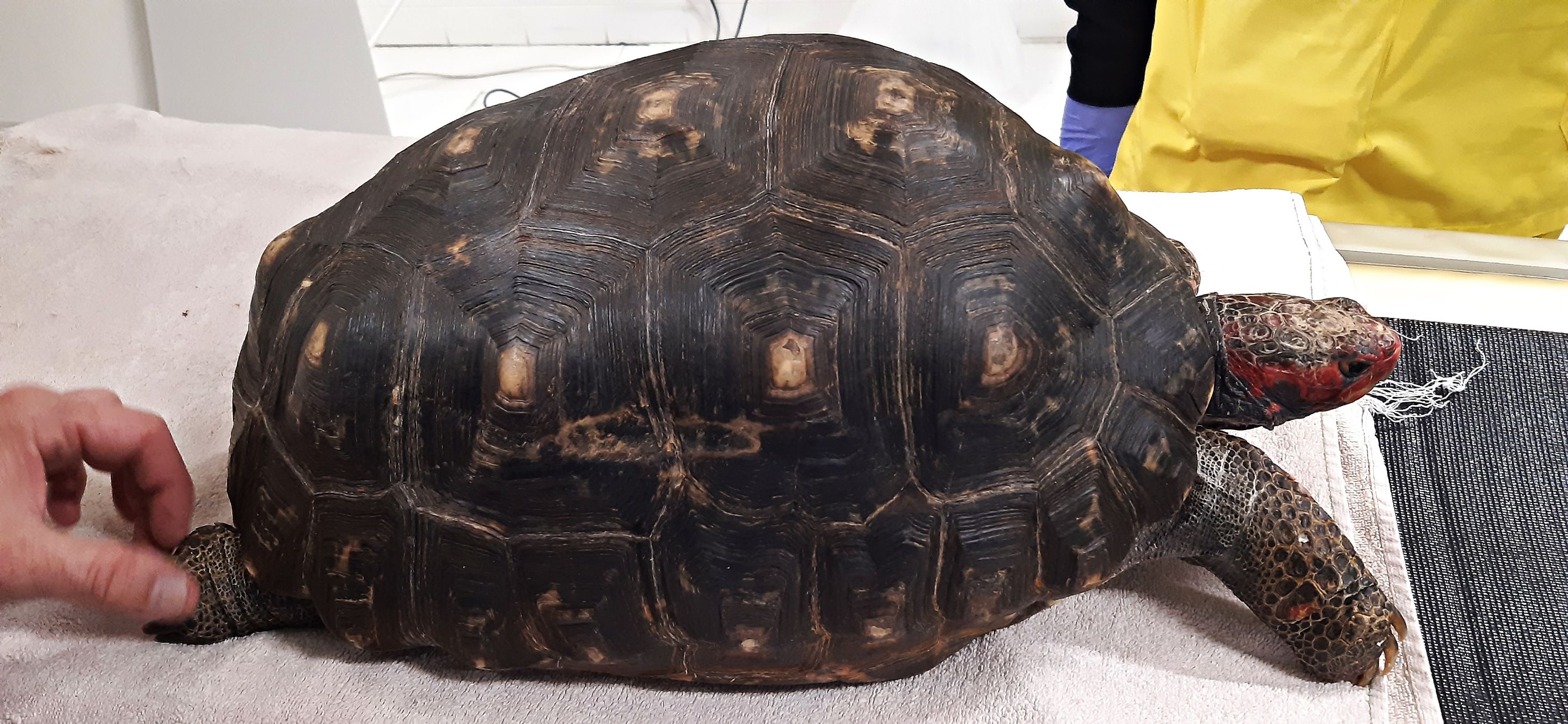
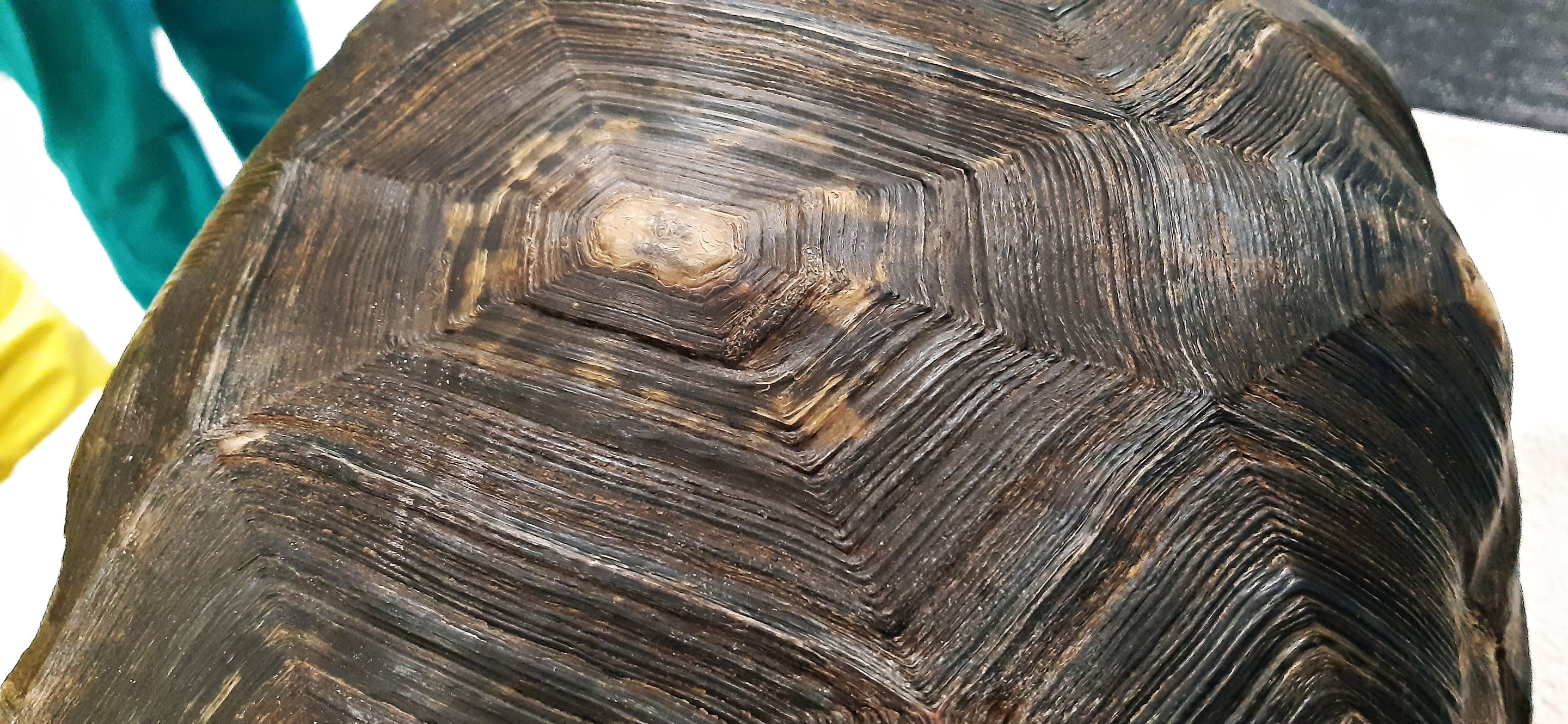
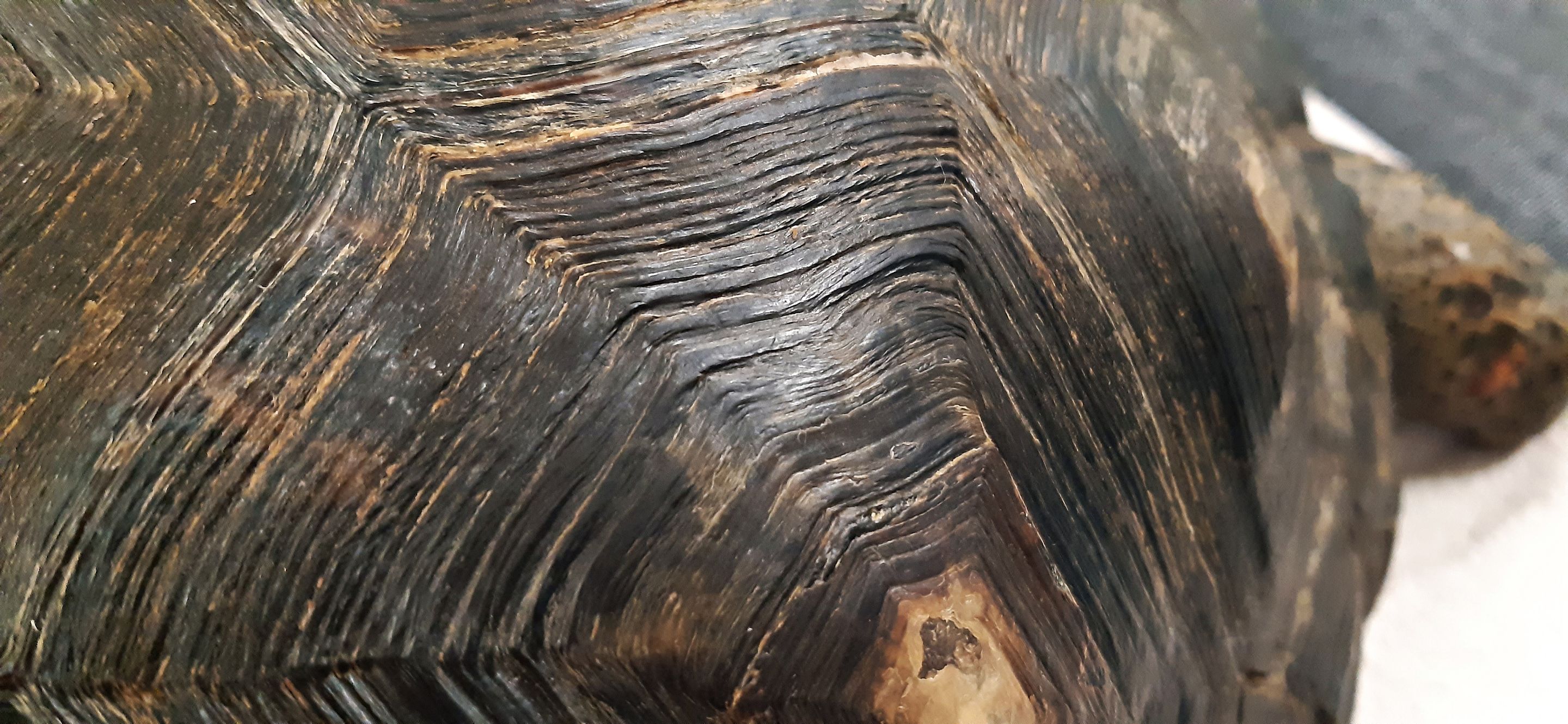
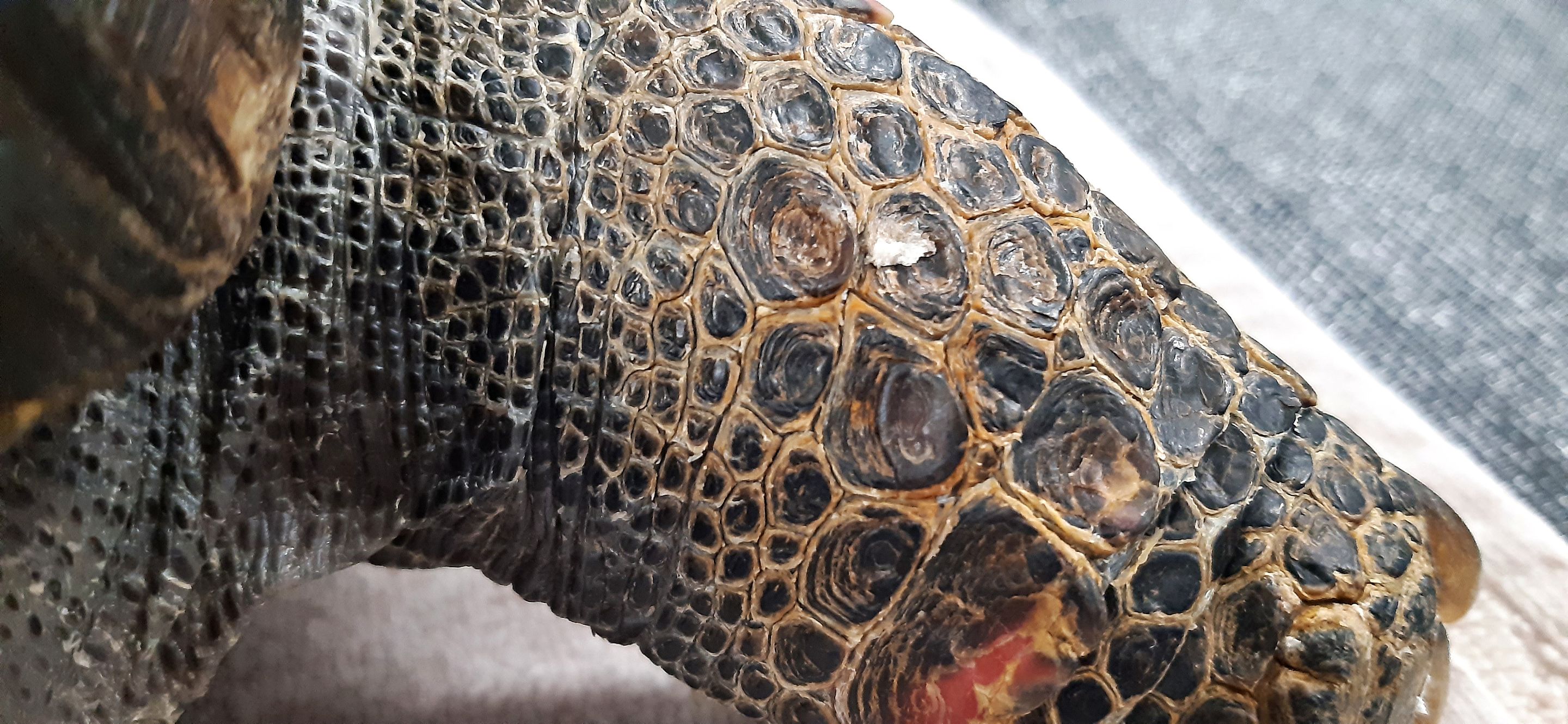
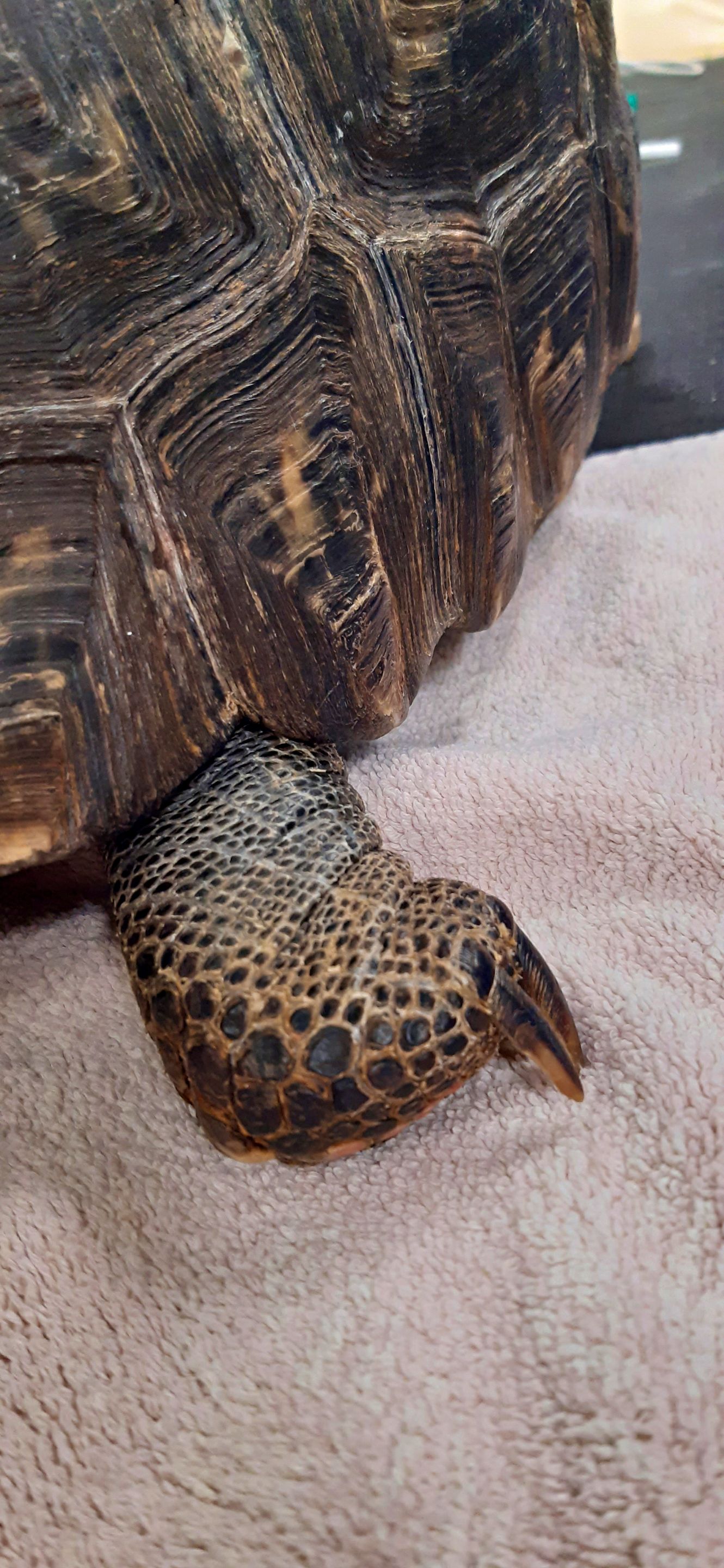
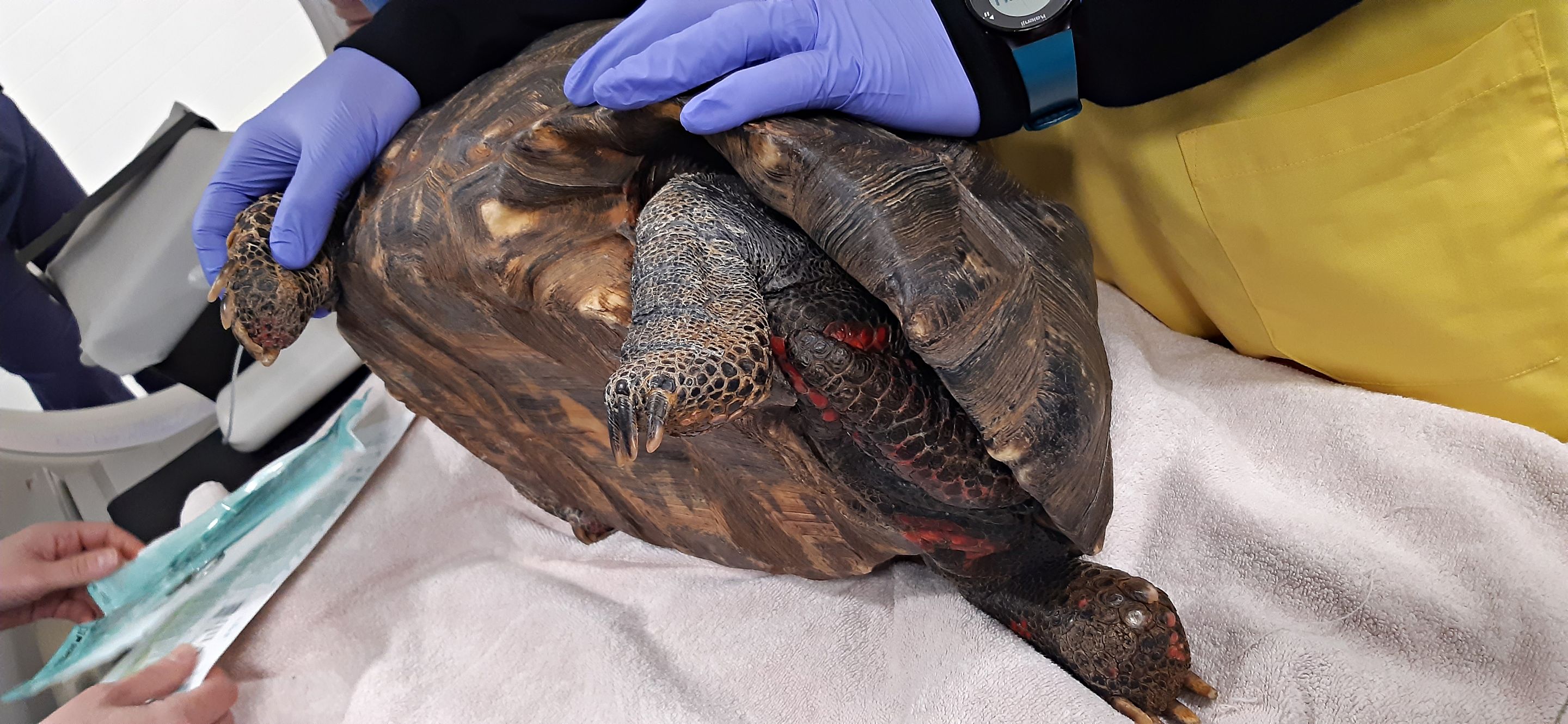
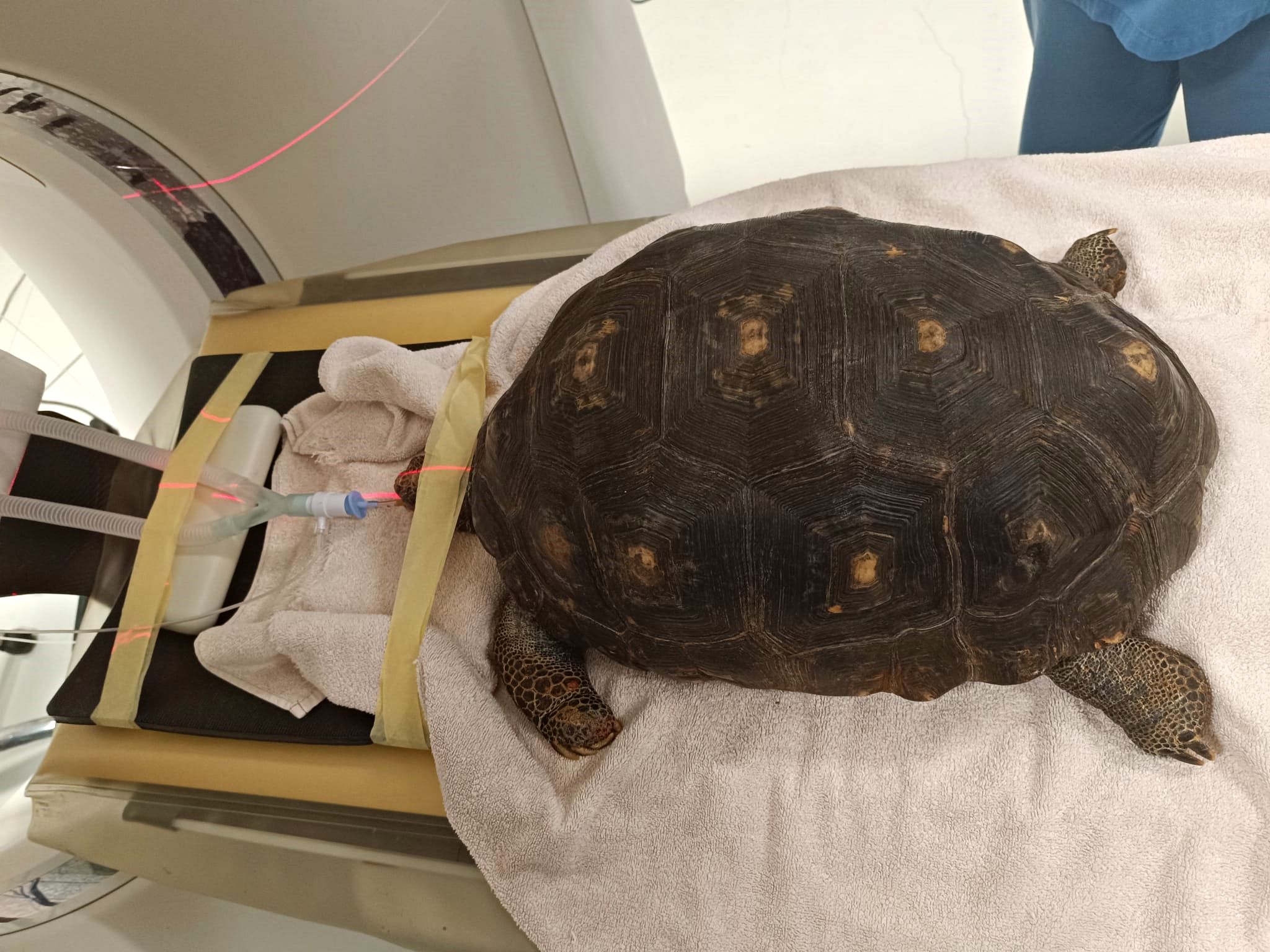

Bem Hajam 🐢
Photographic edition with PhotoScape X

